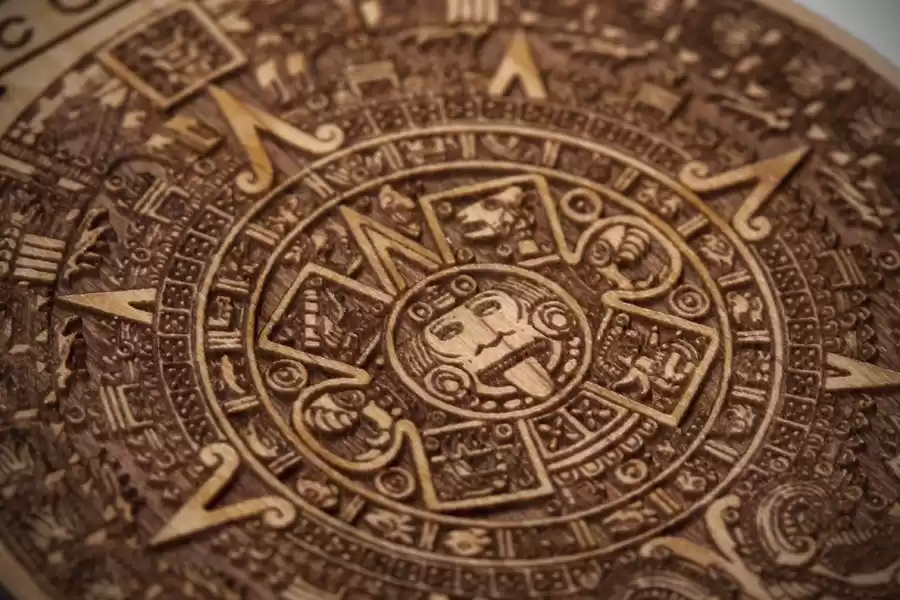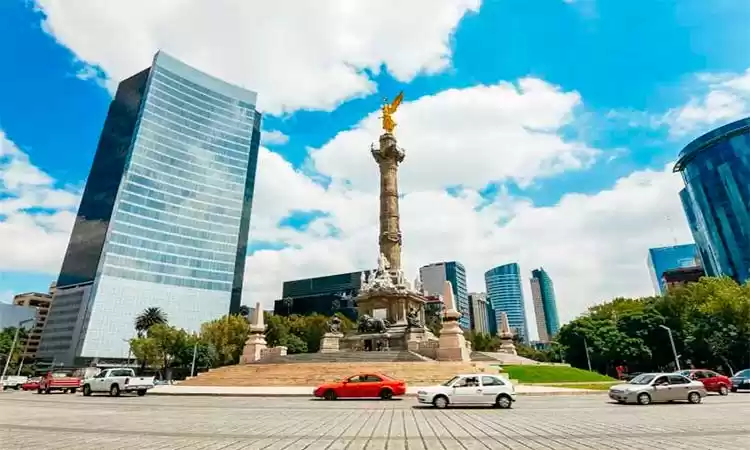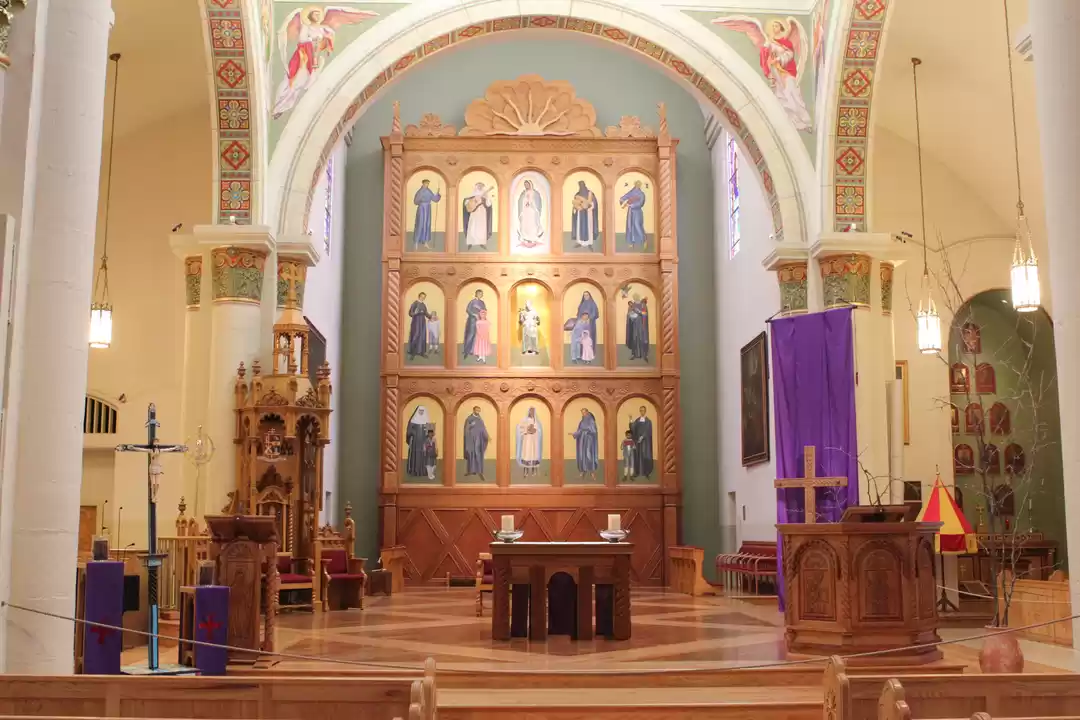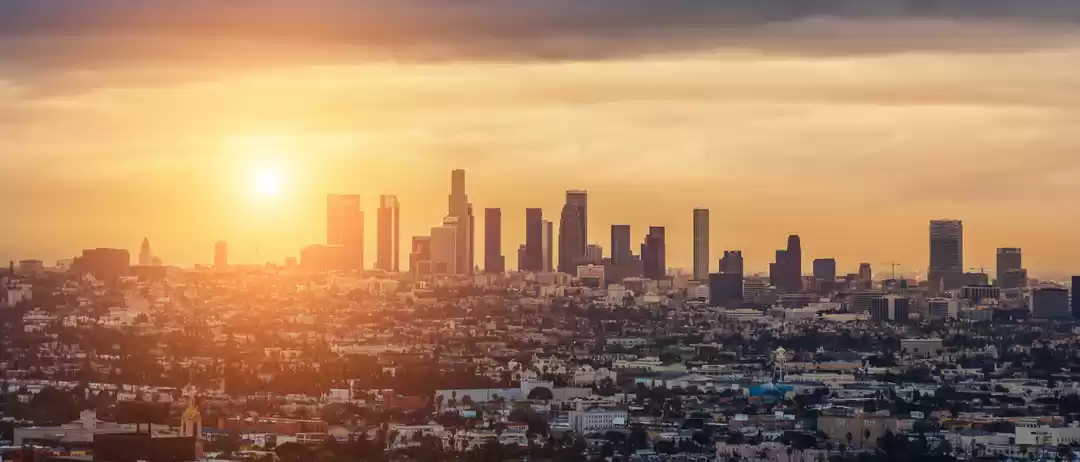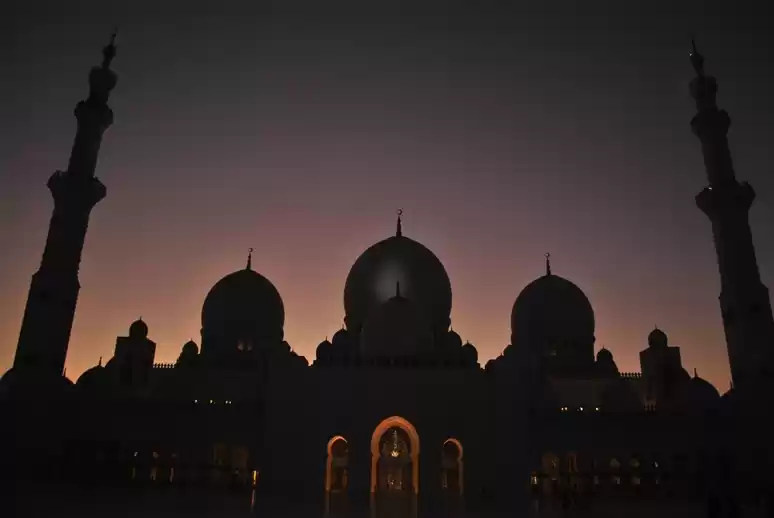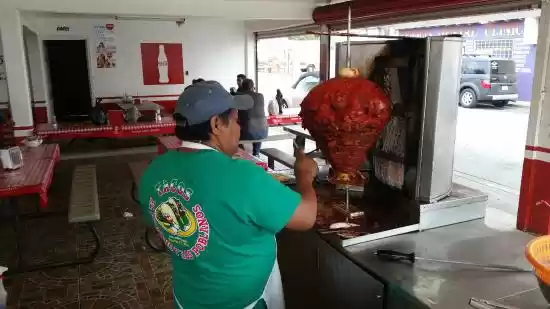I am fascinated by the historical sites and monuments of a city. They unravel the journey of the city through the decades, many times centuries and under different administrations. So when I came to know about the Arch of revolution aka "monumento a la revolucion" during my solo trip to Mexico City, it was a must-visit place for me.

History
The colossal 220-feet tall monument is situated within Plaza de la República. The shining glass elevator immediately catches the attention. It comes as a surprise that the structure was to serve as a legislative building in the first place. The project took off under the administration of Porfirio Díaz. After Francisco Maduro took over the reins of Mexico in 1911, he continued with the project until his assassination in 1913. It took another 20 years before the architect Carlos Obregón Santacilia managed to convince the government to redesign this structure as the monument to the national heroes. The work was finished in 1938 with two elevators to reach the top observatory. But by 1970, the structure was abandoned once again. The lifts were closed, and artwork to adorn the structure was placed at different locations within the city. In 2010, the structure was renovated to celebrate the centennial anniversary of the Mexican revolution.
Theme and the structure
The underlying theme is that of passive revolution or neoliberalism. In other words, there are two aspects of the revolution. One is an armed struggle, and the other is the change in the society which a revolution brings.
When Diaz put the first stone for the construction in 1910, the internal structure was mainly of Steel. The copper and the stone were used for the dome.
Carlos Obregón Santacilia added four stone sculptures designed byMexican sculptor Oliverio Martínez representing Independence, the Reform Laws, Agrarian Laws, and Labor Laws, in each of four corners. The crypts at the feet of monuments have the remains of the revolution heroes. Hence the memorial serves as the mausoleum of National heroes as well.
The attractions
The trip starts with the purchase of a 90 Peso ticket. Now one has to keep following the markings on the ground. There are many stops that one can visit before taking a journey downwards. These stops include a spiral staircase through the old underlying copper, Steel, and stone structure to a 360-degree view platform with a breathtaking view of the city. At every stop, one can find the helpful staff to give directions.


Another attraction is "Bajo la Mira" or "Under the sight," a concept by architect Andrés Mier y Terán. The installation consists of glass rifles and bullets. The underlying idea is to depict a revolution that does not involve bloodshed but the change.

On the way towards the exit, one can observe the steel structure of the monument. Though the Mexican revolution involved bloodshed, a visit to the memorial leaves one with a feeling towards a change without bloodshed.

There is Adelita cafe in the basement serving Mexican food and coffee. Adelitas were the "Soladeras" or female soldiers during the Mexican Revolution.
The idea behind the monument can be summarized in the words of architect Carlos Obregón Santacilia, "The Revolution of yesterday, today, tomorrow and always" will never cease to be present.


